How to tan safely UV protection tips
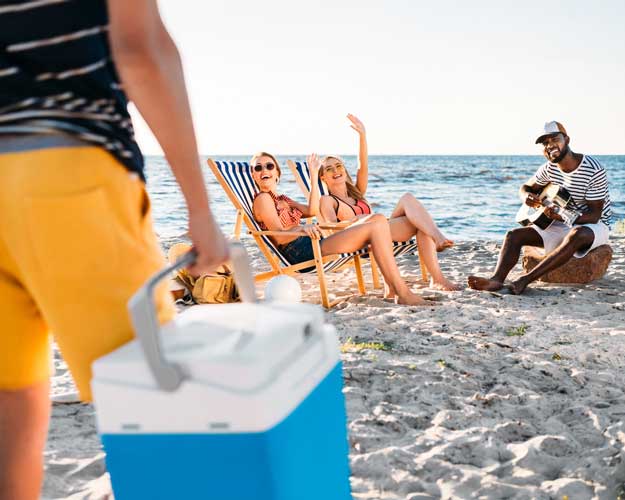
Tanning Tips Explained
It’s summertime, and the girls (and guys) just wanna have fun—and a golden glow. Social media is buzzing with tips on tracking the UV Index (UVI) for scheduling your sun sessions to get that ideal bronze. And it’s true, it’s not the temperature that gives you a tan, it’s the strength of the sun’s UV (ultraviolet) rays.
The UVI gives us a quick and easy way to know how strong the sun’s rays are at a specific time and place. Originally developed in Canada in the early 1990s and later adopted and standardized by the World Health Organization and others, the focus was to raise public awareness about the risks of overexposure to UV rays—especially to help prevent skin cancer, sunburn and eye damage.
Understanding the UVI can help you get the look you want without sacrificing your skin’s health.
UV Index Scale Overview
0–2 (Low): Minimal risk. You’re unlikely to tan or burn quickly.
3–5 (Moderate): Tanning is possible, but sunburn can occur after extended exposure. Use sunscreen.
6–7 (High): Tanning is faster, but so is the risk of skin damage. Protect your skin—especially during midday.
8–10 (Very High): Skin can burn in under 15 minutes. Serious damage can happen before you even see it.
11+ (Extreme): Extremely high risk. Tanning without protection can lead to burns, premature aging, and increase the risk of skin cancer.
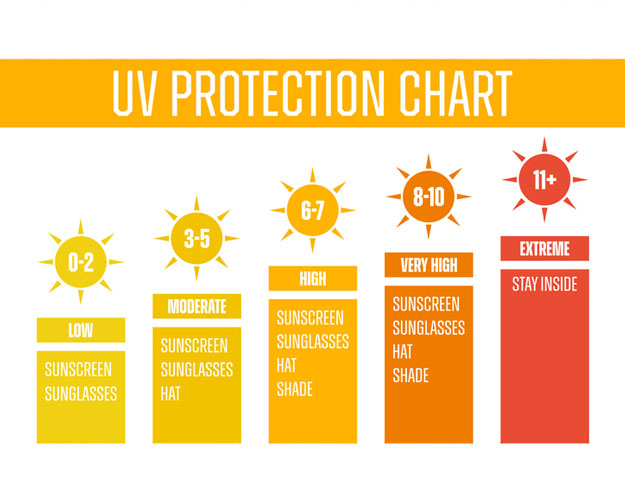
What to Know If You’re Chasing a Tan
It’s good to check the daily UV index. Use weather apps or online forecasts to plan your time in the sun. High UV levels might seem like a shortcut to color, but they’re more likely to burn your skin than give you a long-lasting glow.
- Midday = maximum UV. The sun’s rays are strongest between 10 a.m. and 4 p.m.
- Clouds don’t always help. Up to 80% of UV rays can pass through thin clouds.
- Tanning oil does not equal protection. It may intensify UV exposure without offering any real defense.
Don’t overdo it. Tan gradually and tan in short sessions to minimize the risk of sunburn. And despite what TikTokers are touting, avoid tanning when UVI is above 7. This is when the risk of skin damage is highest.
Sunscreen Saves Skin—Even When You Don’t See It
Consistent use of sunscreen is a crucial part of a healthy skincare routine. It plays a pivotal role in protecting your skin from short-term damage and long-term health risks associated with UV exposure. For skin cancer prevention, its benefits are vital.
Yes, even if you’re tanning. A broad-spectrum sunscreen helps reduce damage while allowing gradual tanning. Whenever you are in the sun, even on cloudy days, wear a sunscreen with a sun protection factor (SPF) of 30+. Remember, it’s not just about protecting your skin, it’s about keeping it strong.
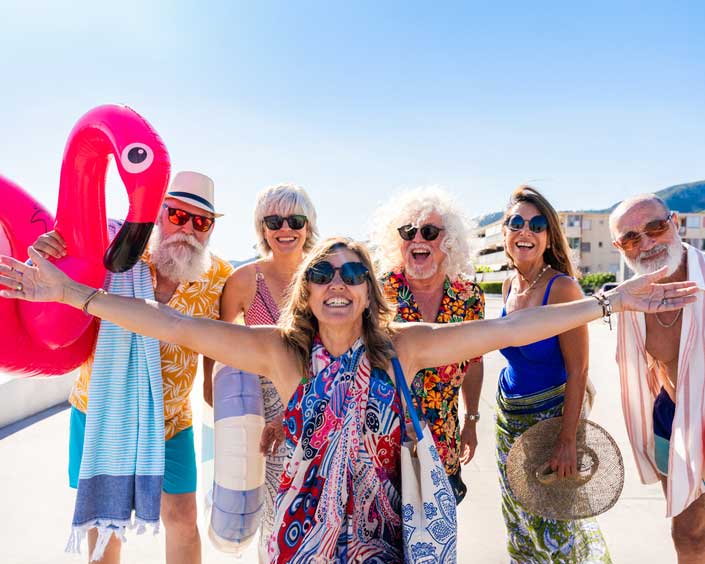
Don’t Forget Your Sunnies
Aside from being a stylish accessory, sunglasses are another important part of UV safety protection. UV rays can damage our eyes as well as skin and even contribute to cataracts. To help protect your eyes, invest in quality sunglasses with polarized lenses. These contain a special filter that blocks reflected light to cut harmful glare and haze.
The good news is that while skin cancer is the most common type of cancer, it is also the most preventable. Stay aware of skin cancer signs and share with others the importance of using these facts to stay safe.
Tanning might feel like a beauty boost and a healthy glow looks great—just make sure it’s not coming at the cost of your skin’s future.

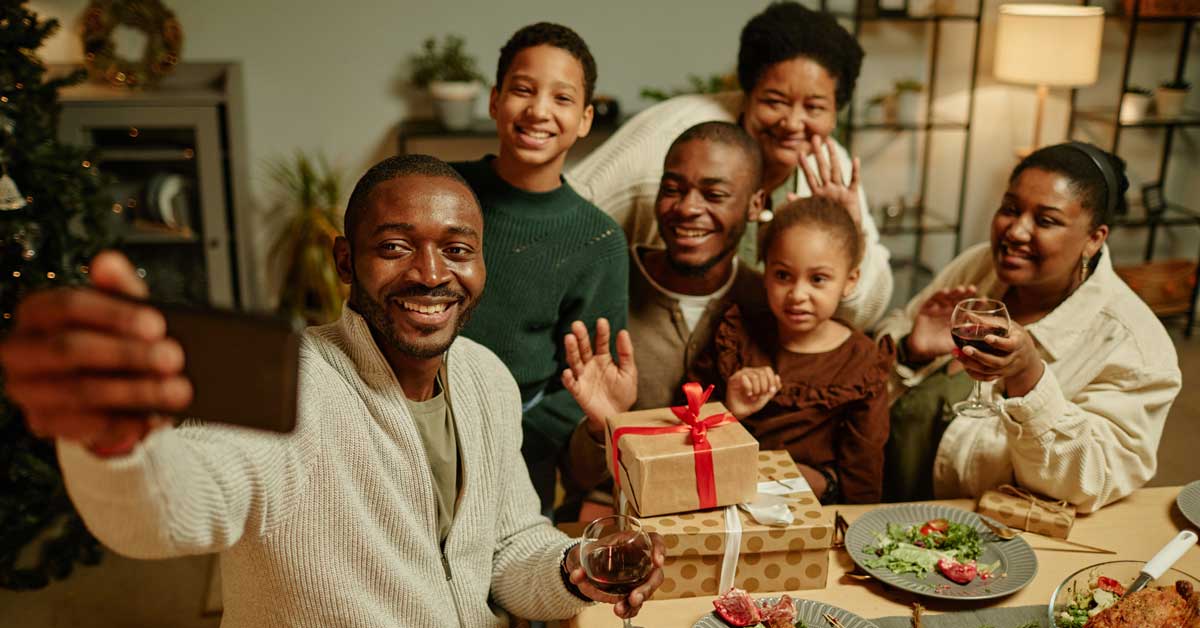
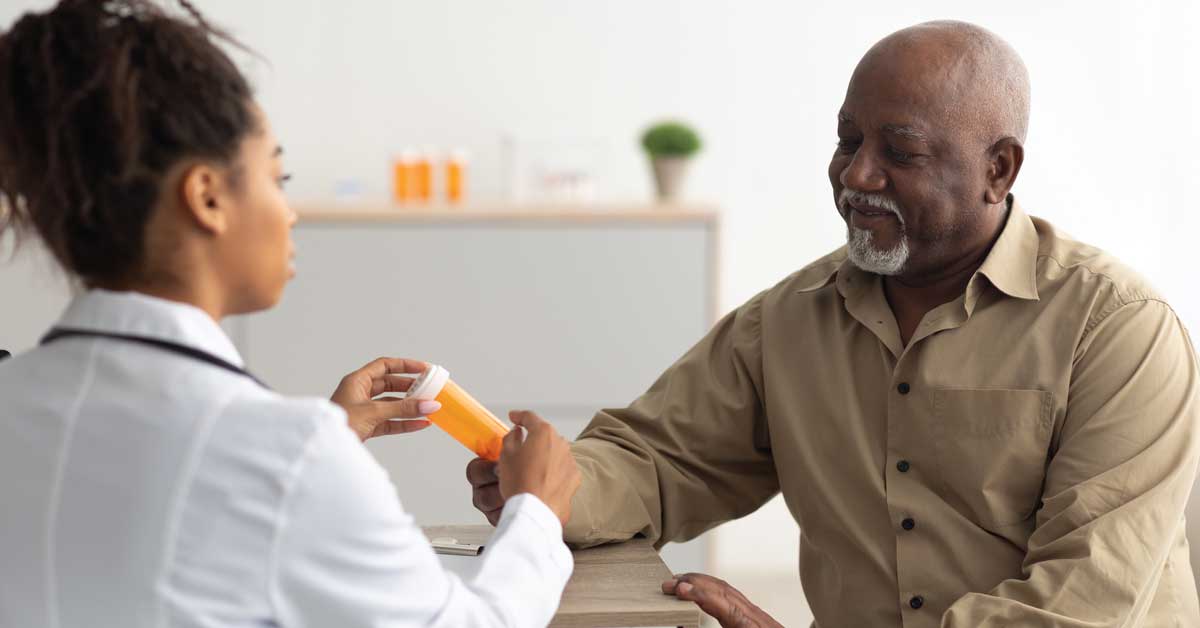
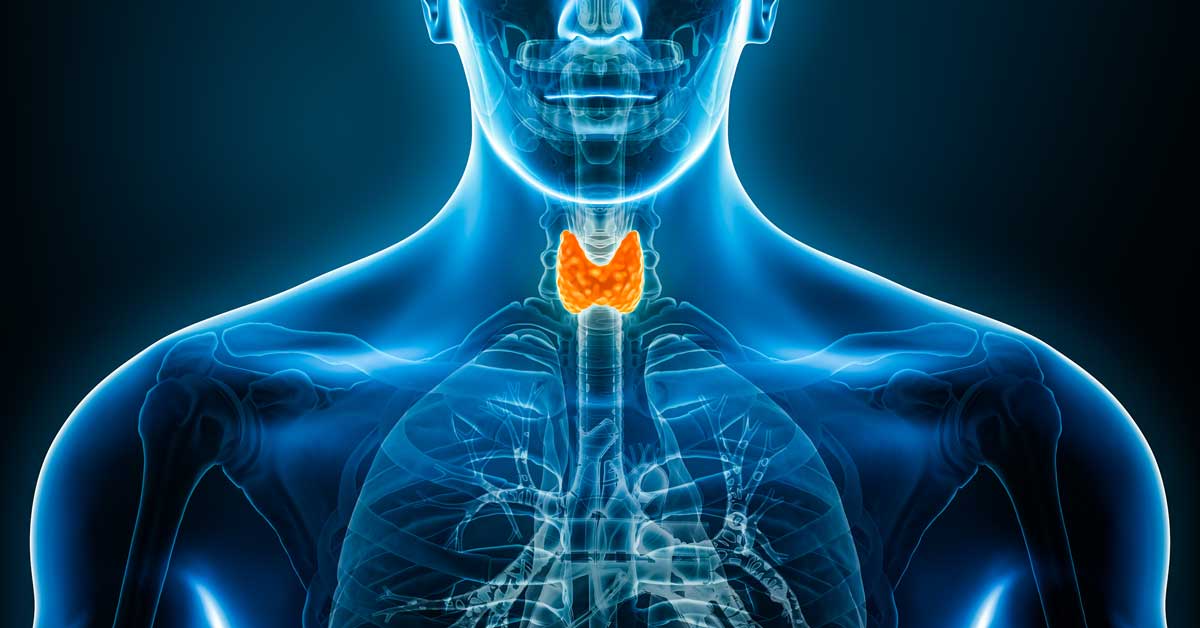

Comments